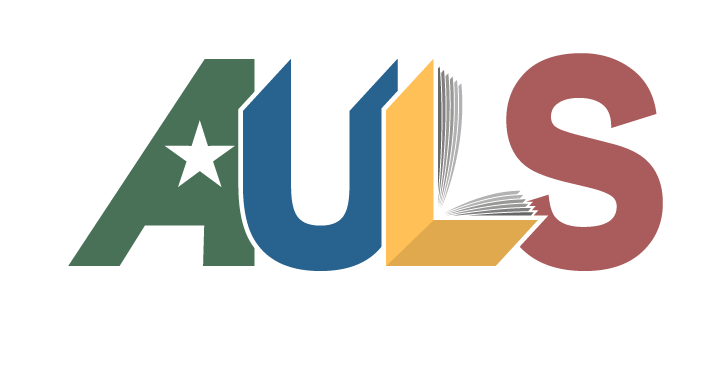
e-Document
|
Interview with MAJ Bill Galinger, Part I
Copies
0 Total copies, 0 Copies are in,
0 Copies are out.
Title
Interview with MAJ Bill Galinger, Part I
Call No
CDMC Operational Leadership Experiences
Digital Link
Authors
Subjects
Iraq War, 2003-2011.
101st Airborne Division
10th Special Forces Group (SFG)
44th Corps Support Battalion
5th Special Forces Group (SFG)
Aircraft
Albania
Arabs
Arrival and Departure Airfield Control Group (ADACG)
C-17.
C-5
Casualties
Contractors
Convoys
Doctrine
FOB Marez
Fort Campbell, Kentucky
Fort Carson, Colorado
Halliburton
Improvised Explosive Device (IED)
KBR
Kurds
Logistics
LSA Diamondback
Mosul
Qatar
Seabees
Service Detachment
Strategic lift
US Army Corps of Engineers (USACE)
US Navy (USN)
Operation Iraqi Freedom (OIF)
101st Airborne Division
10th Special Forces Group (SFG)
44th Corps Support Battalion
5th Special Forces Group (SFG)
Aircraft
Albania
Arabs
Arrival and Departure Airfield Control Group (ADACG)
C-17.
C-5
Casualties
Contractors
Convoys
Doctrine
FOB Marez
Fort Campbell, Kentucky
Fort Carson, Colorado
Halliburton
Improvised Explosive Device (IED)
KBR
Kurds
Logistics
LSA Diamondback
Mosul
Qatar
Seabees
Service Detachment
Strategic lift
US Army Corps of Engineers (USACE)
US Navy (USN)
Operation Iraqi Freedom (OIF)
Language
English
Published
Fort Leavenworth, KS: Combat Studies Institute, 2007-08-28
Target Audience
No attempt to code
MLA
APA
Chicago
0
/
0








